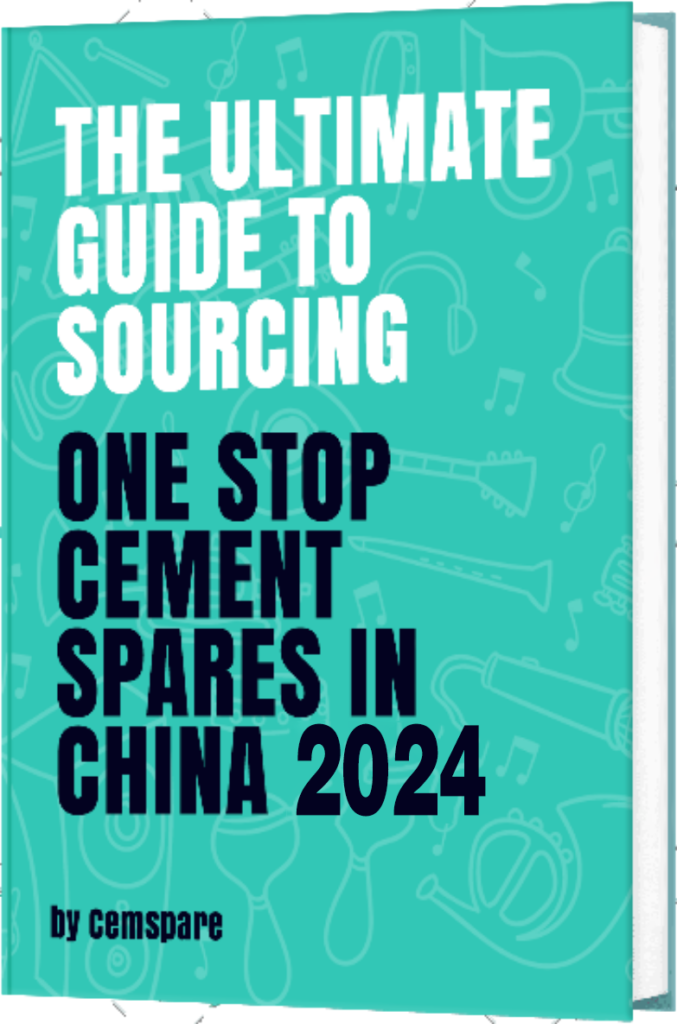Green Energy
One stop sevice provider for cement plants
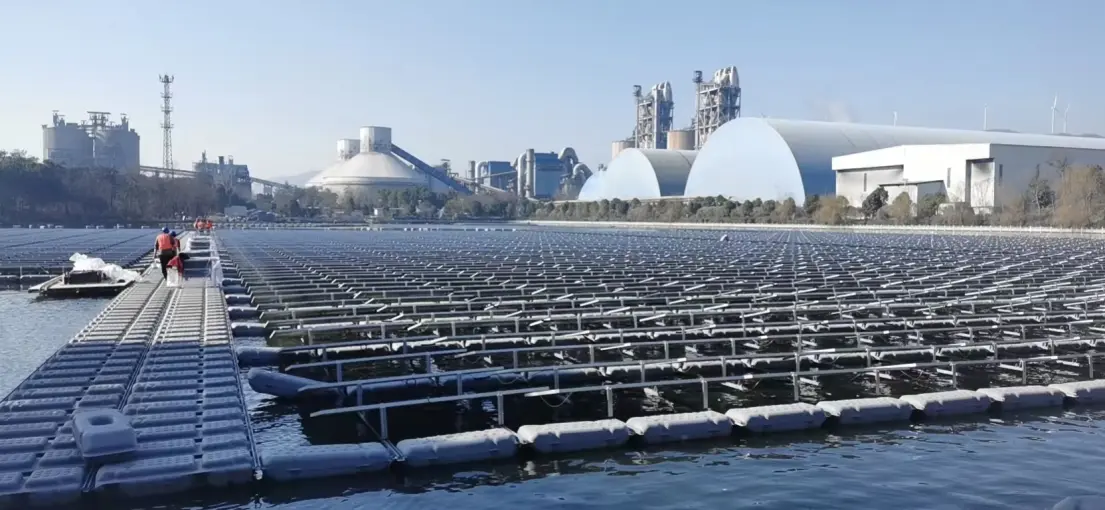

Cement plant + Photovoltaic power generation
Energy conservation and consumption reduction are the lifeline of sustainable development of enterprises. Electric energy is one of the main energy sources in the cement production process. Data show that the current comprehensive electricity consumption per ton of cement is around 90 kilowatt hours. In other words, for a cement plant with a production capacity of 100,000 tons, the annual electricity bill is generally around 30 million dollars, accounting for 70% to 80% of the total cost. Our company takes high-tech as the forerunner and specializes in providing comprehensive utilization of clean energy such as photovoltaic power generation and energy storage for cement plants to help the green transformation of the cement industry.
Photovoltaic power generation
The photovoltaic power generation project of the cement plant is constructed in the factory area using mines, open spaces, building roofs, ground carports, ponds and other areas to achieve “generate power nearby and use it nearby” and solve the problem of power loss during voltage boosting and long-distance transportation.
Our company provides customers with one-stop services of system survey, design, construction, grid connection and after-sales, helping customers achieve energy independence, land reuse and value-added as soon as possible. Its main advantages are as follows:
① After installing photovoltaics in cement factory mines, open spaces, and industrial roofs, these large areas of idle sites have become valuable resources, adding more revenue to the company.
② Enterprises consume a lot of electricity and have high peak electricity bills. After installing photovoltaic power generation, enterprises can use it themselves and sell excess electricity to the State Grid.
③Industrial photovoltaic power generation systems can reduce the energy consumption of enterprises, achieve energy conservation and emission reduction targets, and are safe, reliable, noise-free, and pollution-free.
④ Photovoltaic panels have the effect of heat insulation. After laying photovoltaic modules on a large area on the roof, they can effectively reduce the temperature of the factory, create a more comfortable working environment in the hot summer, maintain a suitable indoor temperature in the cold winter, and indirectly save money. The heating and cooling costs of the enterprise are reduced.


System scheme design, taking the 1.21MWp project as an example.
①Inverter system The photovoltaic power station uses monocrystalline silicon photovoltaic modules, with a single power of 550Wp and a total of 2,200 modules. The color steel tile photovoltaic array is laid along the slope of the main factory building, with a total installed capacity of 1.21MWp. The grid connection method adopts decentralized inverter and centralized low voltage grid connection. 20 modules form one string, and 11 strings are connected to one inverter. A total of 10 string inverters are used, each with 110kW.
②Access to the system The total installed photovoltaic capacity is 1.21MWp, which is a distributed photovoltaic grid-connected power generation system. The power supply company has arranged a total of 3 grid-connected access points. The installed capacity of a single grid-connected point is 500kWp, which is connected to the 0.38kV busbar of the 10kV power distribution room in the factory building where the power station is located. The user side is connected to the grid system for self-use and the remaining power is connected to the grid.
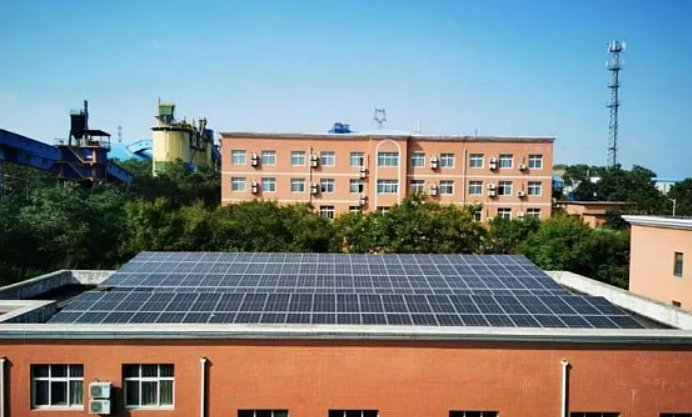
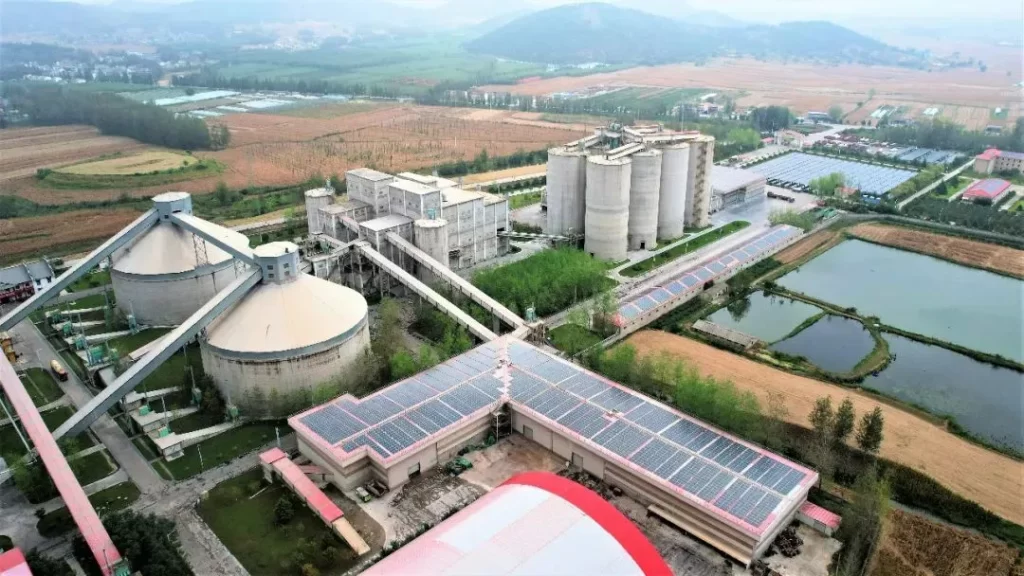
Energy storage
We set the distribution and storage capacity (such as 2.5MW/5MWh) based on the typical power load of the enterprise. It is recommended that the energy storage system adopts 400V multi-point access on the low-voltage side to reduce grid connection procedures and investment.
2.1 Charging and discharging strategy of energy storage system The charging and discharging strategy is formulated based on the time-of-use sales price table of peak and valley electricity consumption in different seasons in the local area. It is fully charged at a constant speed during deep valleys, discharged according to load during peak periods, and the rest is left idle according to load conditions (EMS charging and discharging strategy).
2.2 Overall technical solution for energy storage system If a 2.5MW/5.375MWh energy storage system is installed, a total of 25 100kW/215kWh energy storage systems are required. The energy storage battery uses 3.2V/280Ah high-rate lithium iron phosphate high-energy cells and a high-efficiency liquid-cooled battery system. A single energy storage system is equipped with one battery cluster and one PCS, with a rated capacity of 100kW/215kWh. The rated discharge rate of the battery pack is 0.5C, the charging and discharging of the battery system is designed to be 1 charge and 1 discharge, and the rated number of cycles is ≥7000 times.
2.3 Overview of integrated cabinet system In this solution, a 215kWh liquid-cooled outdoor cabinet is an energy storage unit, consisting of 5 liquid-cooled battery packs, a high-voltage box and a 100kW PCS. Each liquid-cooled Pack is composed of 48 batteries connected in series, with a rated capacity of 280Ah. The high-voltage box contains the battery cluster management unit and protection and control electrical components, which are used to manage and protect the operating status of the entire battery cluster. The integrated cabinet adopts a layered design of battery compartment and electrical compartment, which is convenient for installation and maintenance.
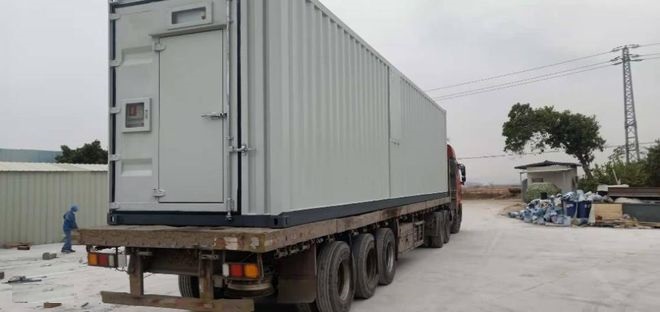

2.4 Main features of system solution design ;
① The integrated integrated design can effectively meet the main application scenarios of current peak and valley arbitrage in industry and commerce. The integrated solution has low transportation and deployment costs and is convenient for on-site installation and debugging;
② The control loop adopts AC and DC redundant power supply design to ensure that the control system, signal system, and fire protection system can work normally for a short period of time when the AC system is powered off;
③ The battery management system (BMS) adopts a three-level architecture. Through BMS communication with the liquid cooling system, fire protection system and other auxiliary systems, it monitors the working status of each subsystem of the AC and DC integrated cabinet, summarizes and processes the data of each subsystem and uploads it. Provide multi-level fault alarm;
④ The battery uses lithium iron phosphate battery, which has high energy density and long cycle life;
⑤ Liquid cooling thermal management system, and adopts multi-mode refined thermal management control strategy to improve system temperature consistency and lifespan, reduce auxiliary power consumption, and improve system efficiency.
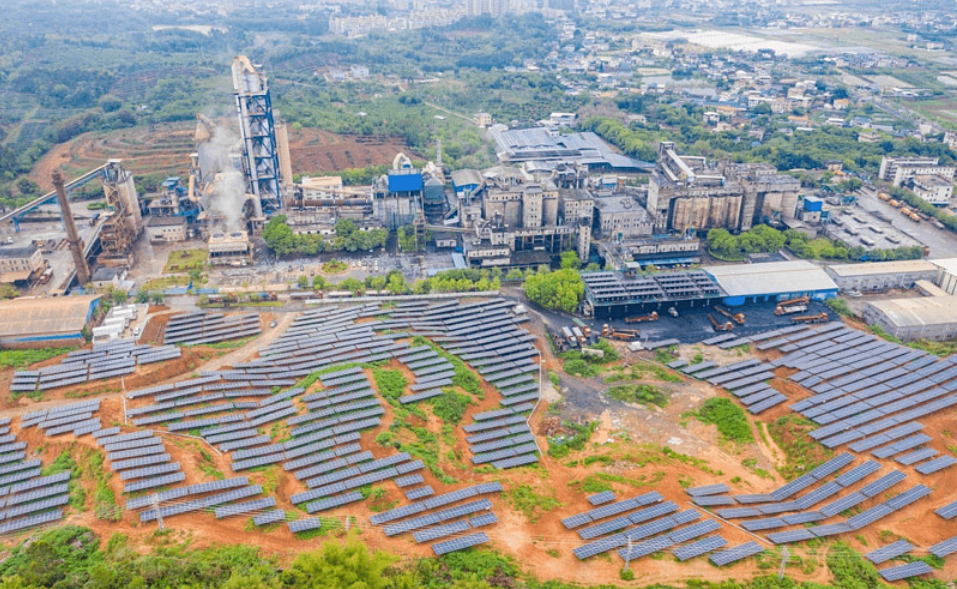

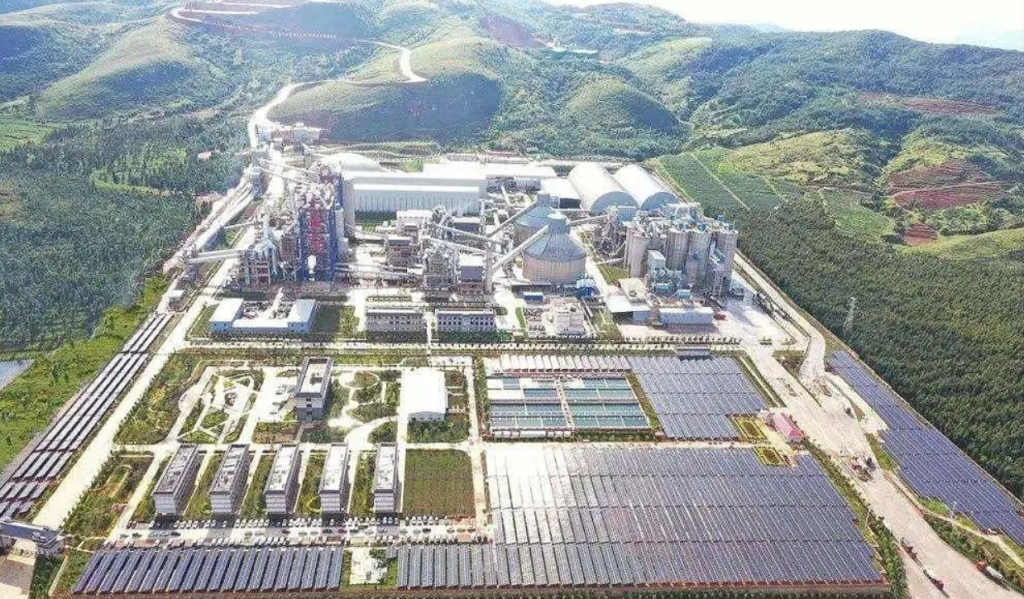
The Basic Knowledge About Cement Industry
Unlock the world of cement – essential insights, tips, and trends. Explore the core knowledge of the cement industry for informed perspectives. Dive in now!
Energy-Efficient Retrofit of Double-Rotor Hammer Crushers with the Application of a Roller Screening Machine
In production processes, the stability and efficiency of the crushing system are critical to the overall operation of the production line. To address issues such as low output, severe hammer wear, uneven particle sizes, and
AI-Based Optimization and Multi-Mode Production in Cement Manufacturing
In the move towards smart manufacturing, the cement industry is actively embracing automation. The automation of production lines forms a key pillar in the development of intelligent cement plants, and the level of automation has
Cement Plant Spare Parts Management and Optimization
In cement plant operations, spare parts management is critical to maintaining equipment reliability, efficiency, and safety. Effective management of these components ensures continuous operation while minimizing downtime and associated costs. Key Advantages of Spare Parts
AI in the Cement Industry: Current Applications and Future Trends
1. Introduction to AI in the Cement Industry Artificial Intelligence (AI) has become a pivotal force in transforming industrial operations across various sectors, including the cement industry. With increasing demands for enhanced efficiency, sustainability, and
Application of Dust Collection Technology in the Cement Industry
The cement industry plays a crucial role in societal development. Every stage of cement production involves the processing and handling of raw materials, inevitably leading to the generation of dust. Ventilation and dust collection systems
Key Technologies for Carbon Capture in the Cement Industry
Most of the current major carbon capture technologies in the cement industry are in the early stages of commercialization. The maturity of carbon capture technologies is expected to drive the large-scale application of low-carbon cement.
Improve the Quality of Cement Mechanical Equipment
1 Optimize product design 1.1 Optimize mechanical equipment performance indicators When designing cement mechanical equipments and companies should start from the perspective of cement production technology, constantly optimize the operating parameters of cement machinery and
Maintenance and Repair of Mechanical Equipment in Cement Plant
Maintenance issues of mechanical equipment in cement plants 1.Wear and tear Wear refers to the wear or damage caused by a certain part of the equipment.Mainly including cutting, friction and grinding. Cutting refers to cutting
Rotary kiln supporting roller installation and adjustment
After the new dry process cement rotary kiln is put into operation, the problem of heating of the supporting roller tiles will occur. In serious cases, it will lead to accidents such as tile burning,
Rotary kiln production line Precautions when shutting down the kiln
The shutdown of the firing system should be carried out in a planned manner when no unexpected circumstances occur. At the same time, the cooperation of relevant departments is required to ensure that each department
Get In Touch
We'd Like To Work With You
Send us a message if you have any questions or request a quote. Our team will give you a reply within 24 hours
Client
Trusted by world's companies.










